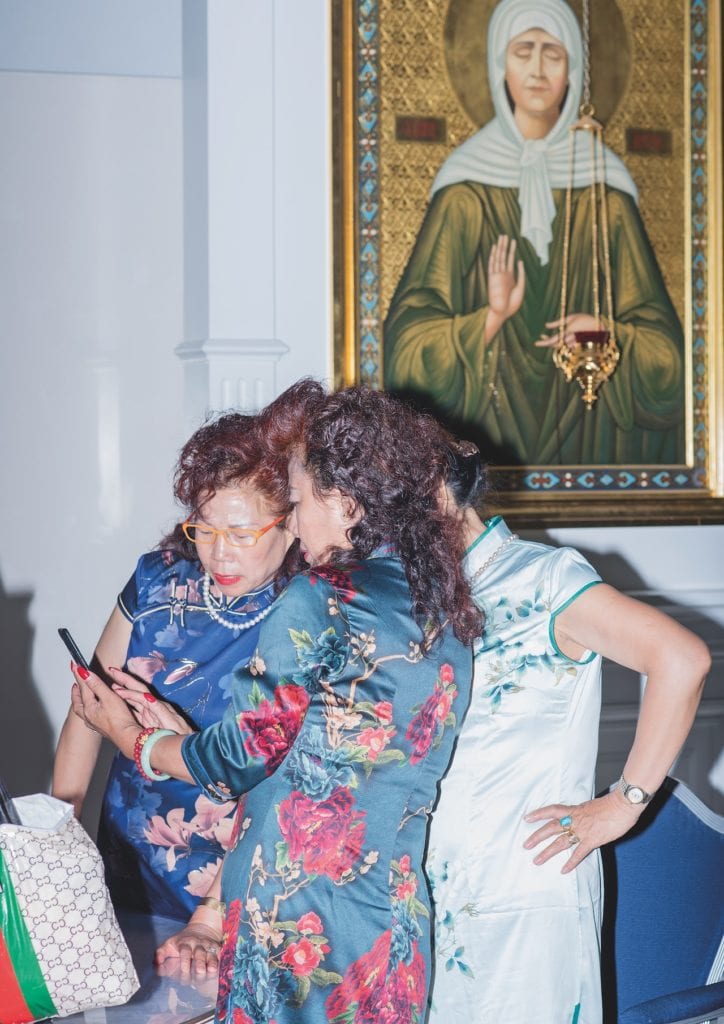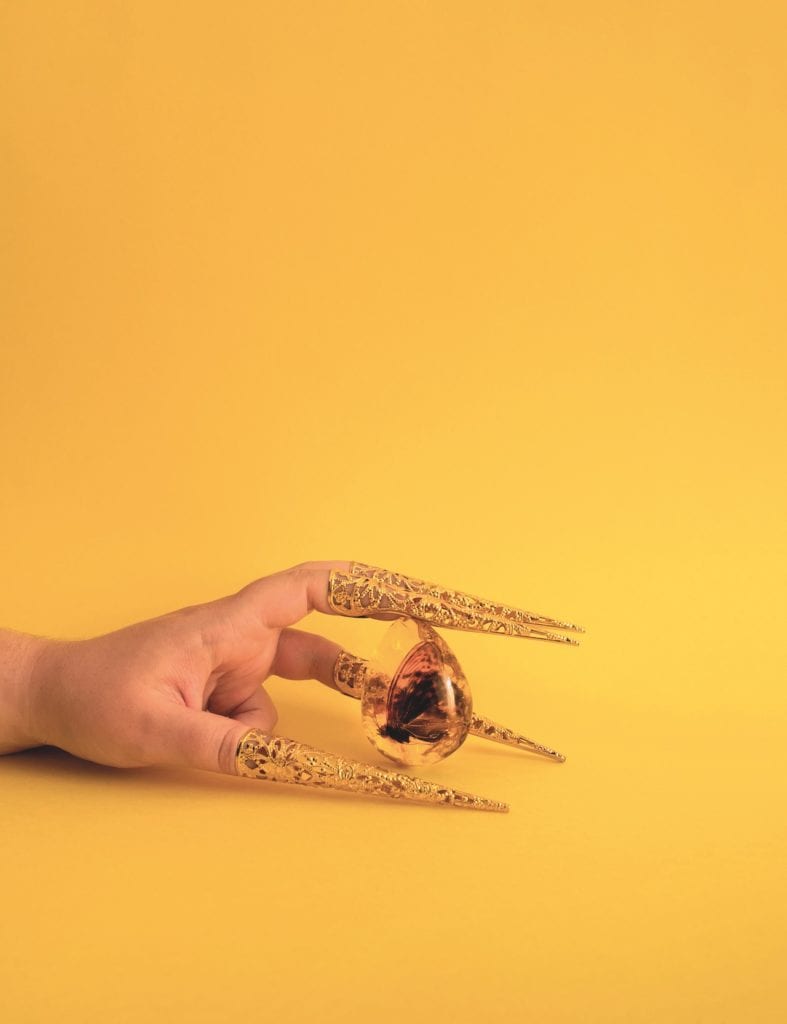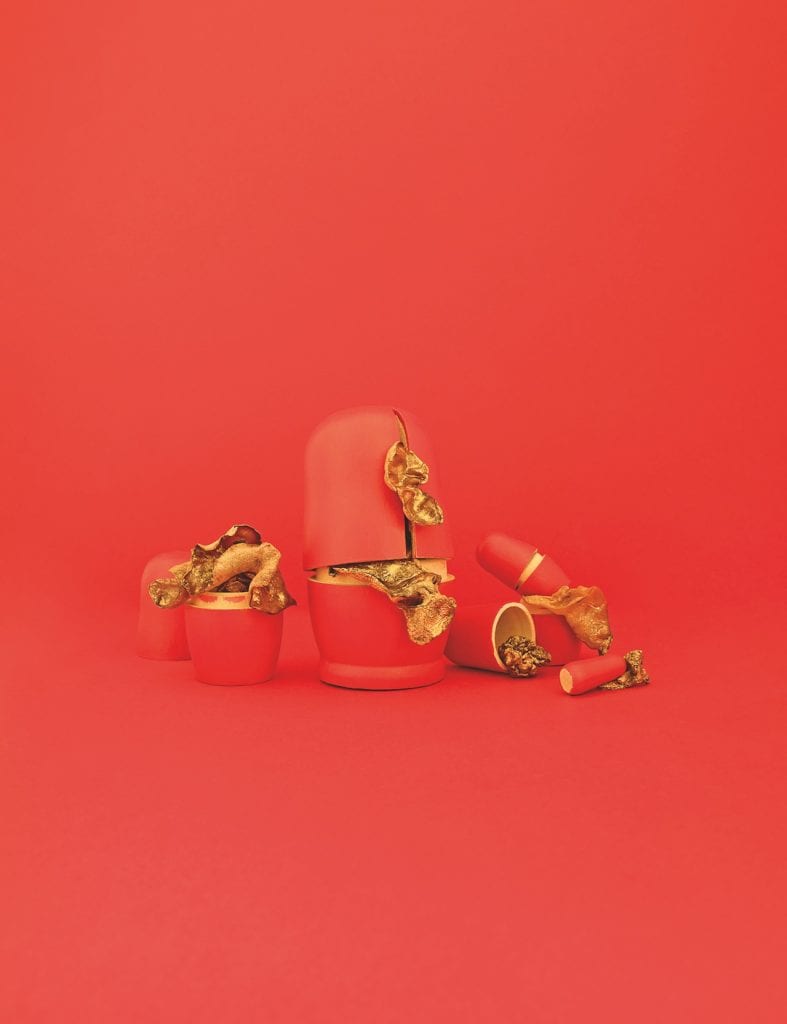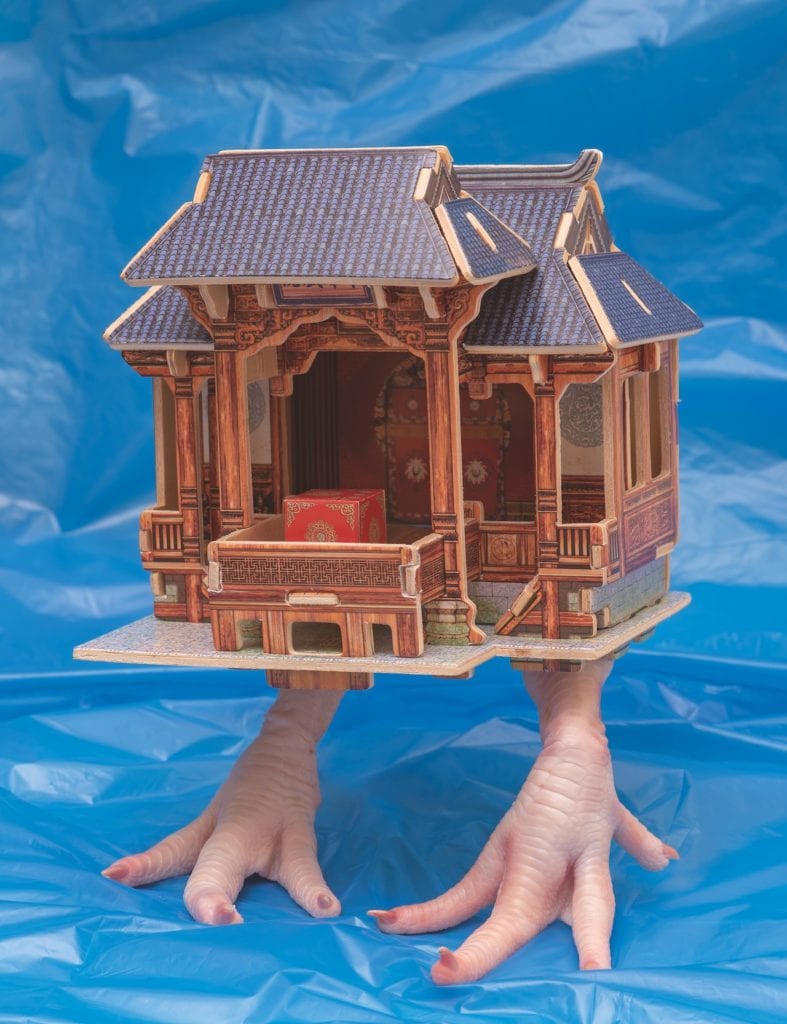Each year, British Journal of Photography presents its Ones To Watch – a group of emerging image-makers, chosen from hundreds of nominations by international experts. Collectively, they provide a window into where photography is heading, in the eyes of the curators, editors, agents, festival producers and photographers we invited to nominate. Throughout September, BJP-online is sharing their profiles, originally published in issue #7898 of the magazine.
Valya Lee was raised in a small village in the Russian Far East, spending summer days with her family riding along the Amur river, which forms a natural border with China. “On the opposite riverbank, there was a small Chinese village with clay houses,” Lee remembers. “Over time, the village turned into a large city, illuminated by bright neon lights”.
Lee began to study Mandarin, which was considered ‘promising’, given the country’s growing economic influence, and in 2018, she moved to China to work and study for a couple of months. When speaking to elderly Chinese people, she often heard them refer to Russia as dàgē: the ‘elder brother’ who helped build their communist state. Now, China is the largest consumer of Russia’s energy exports, and analysts predict that by 2025 it will be the world’s biggest economy.
“From 2015, China’s economic growth was noticeable for almost every Russian,” says the 27-year-old photographer. “It was difficult not to notice the huge number of tourists arriving from China.” There is a sense that the collective consciousness of the old Chinese generation has worn off: “Now, no one would call Russia the big brother,” says Lee. “On the contrary, you can see how Russia is moving East, politically and economically, to follow China”.

Lee’s ongoing project, Big Little Brother, is inspired by this history of mutual influence and change. The images — a mixture of still-life and street photographs — are all taken in Moscow, where Lee now lives, and St Petersburg, where she completed a degree at the School of Modern Photography last year. By playfully combining elements of Chinese and Russian symbolisms, weaving the past with the present, and fact with fiction, Lee seeks to create a “new order”, a visual language that explores the interweaving transformations of two neighbouring nations.
The photographer once worked as a translator in a Russian souvenir shop, and witnessed first-hand how prices were inflated for Chinese visitors, with generous tips handed to tour guides who brought customers into the store. Intrigued, she focused on major tourist spots, such as the Catherine Palace in St Petersburg, the Red Square in Moscow, and the capital’s busiest train stations. Her images are surreal, and sometimes comical: a tour group gathering in identical clothing, a man mimicking the expression of a statue, a group of women crowding around a smartphone in front of a painting of an orthodox icon [above]. “Russian people often resent this behaviour of Chinese tourists, but to me it is not disrespectful. They act within the framework of their culture. For them, these icons are the same as the paintings in a museum,” says Lee, whose intention is not to ridicule, or criticise, but to observe and create an interpretation. “It vividly describes the modern world,” she says.

One of the key visual symbols in the project is amber. The Catherine Palace is home to the Amber Room, which was constructed using six tonnes of precious stones. China is by far the biggest market for amber, due to a belief in its healing powers. So, according to Lee, many souvenir shops in St. Petersburg stock the gemstone, sometimes fake, and always with a hefty price tag.
Lee describes her still-life images as “working with the unconscious”. The photographs playfully combine elements of Chinese and Russian symbolism, often using items ordered on Aliexpress, the Chinese alternative to Amazon. In one image, a Matryoshka (a Russian nesting doll) is painted solid red, oozing with bits of Chinese tree mushrooms painted gold. Red and gold are commonly associated with Chinese visual culture, but red is also symbolic of communism, and the Russian Revolution. Another image combines Chinese and Russian porcelain, and in another, a bowl of borscht with noodles and chopsticks. “I tried to somehow organically connect these objects, but most often the composition looks painful and unjoyful,” says Lee. “This is more related to my own feelings. Russia and China are similar in one aspect: in the 20th century they experienced a bloody regime, which still has an indirect effect on both countries.”
The project is ongoing; Lee plans to make more images, and eventually a photobook, once it is safe to travel again. “I guess what I’m trying to figure out is whether Russia is part of the West or if it is always just striving for the East,” she says. “I perceive photography more as a language to communicate with the world, and I’d like to continue to make projects that really interest me, and shoot them based on my own vision.”


